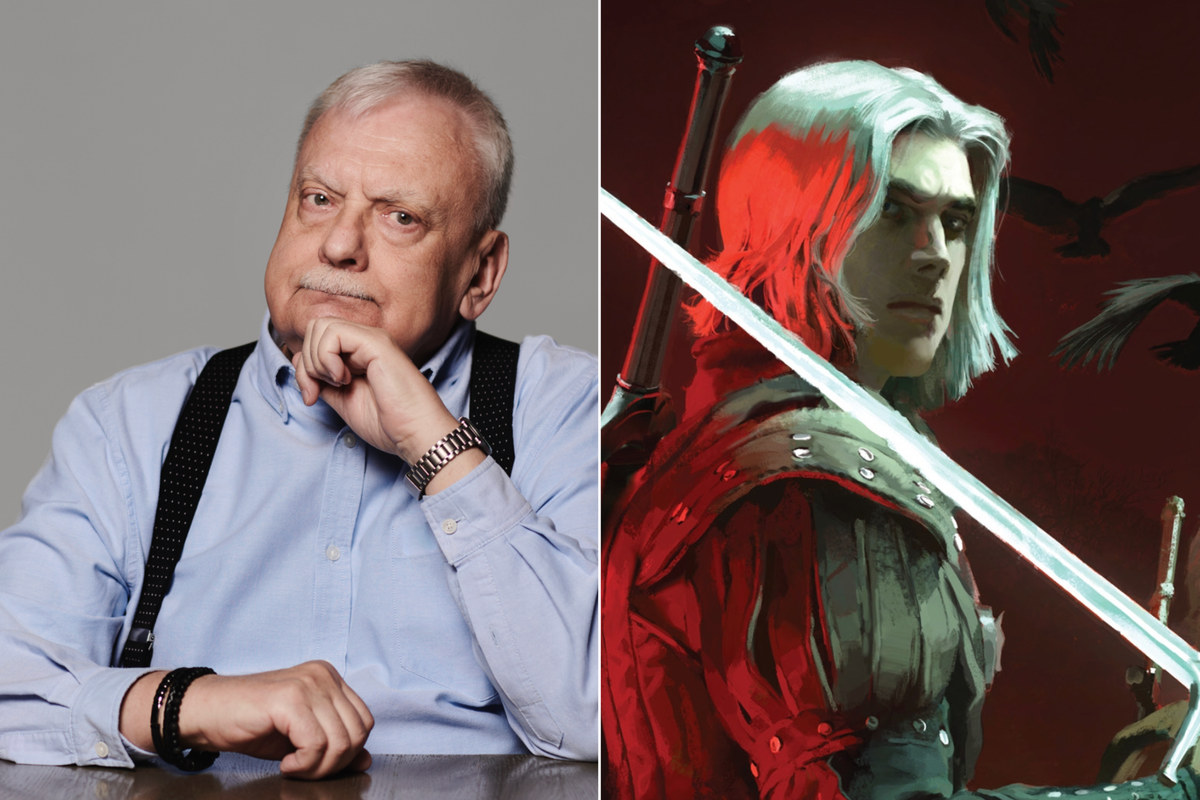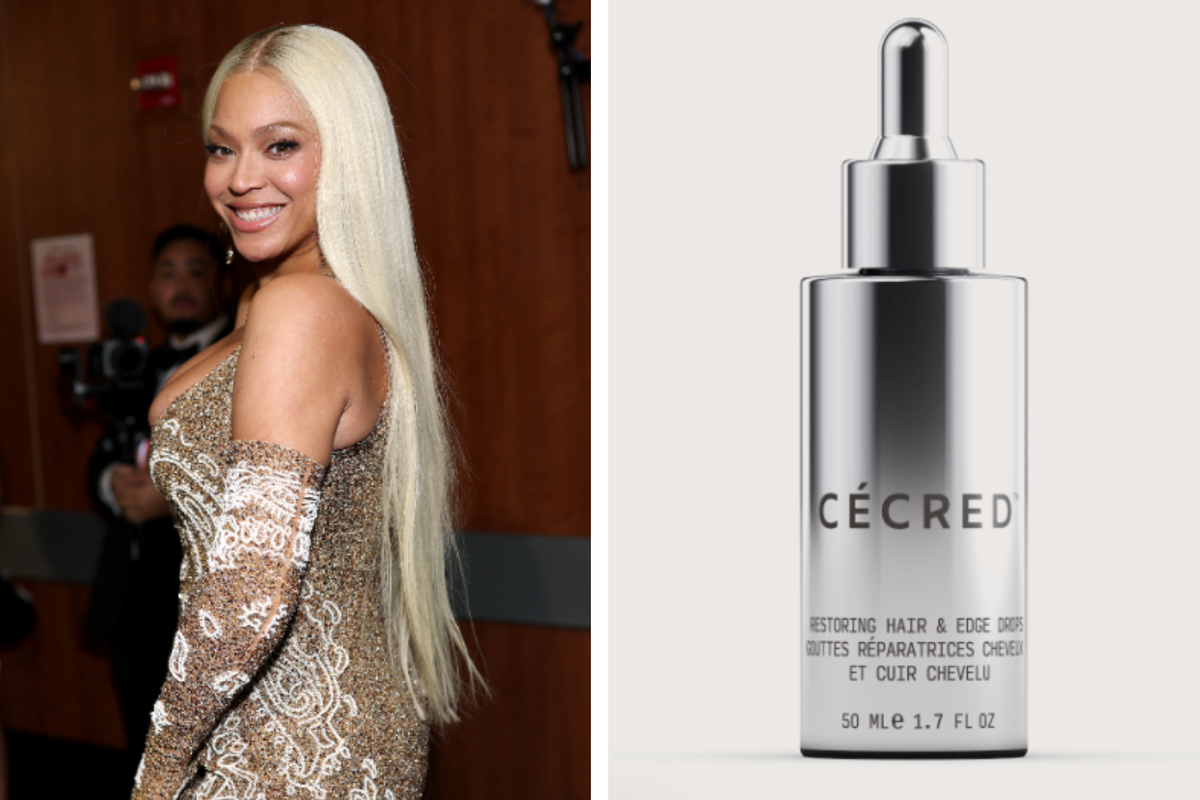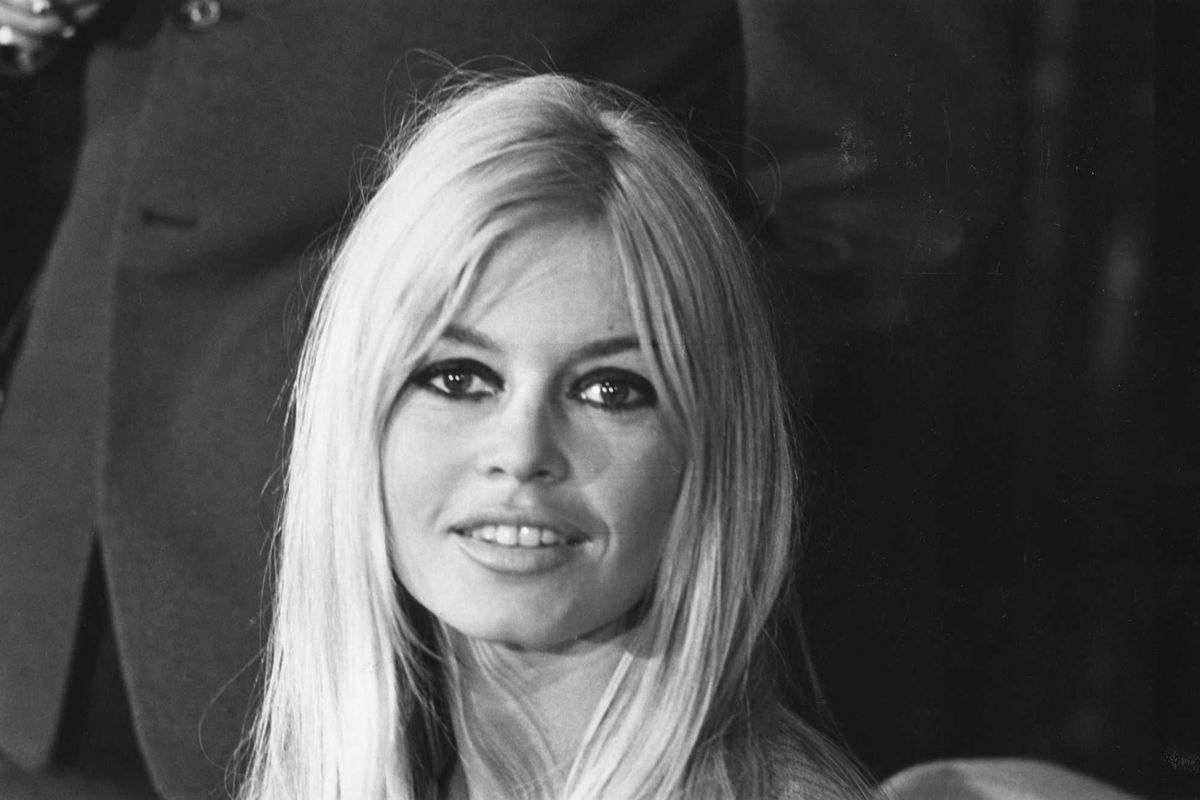Despite Instagram’s influencer market bringing in approximately $1.7 billion dollars, lockdown restrictions have catapulted the ‘new kid on the block’, TikTok, to the forefront of the social media world.
The impact and growth of the unfiltered app went unnoticed until it was crowned the most downloaded app in the world in June 2021, with an astonishing 2.6 billion users and 315 million downloads as of January 2021 across Apple and Android.
Formerly known as Musical.ly in 2014, the video streaming app breeds a new generation of influencers who provide entertaining content across all niches. While the app was initially intended to create short 15-second video bursts to popular chart hits, it was later acquired by a Chinese multinational internet technology company, Bydance, in 2017. In 2019, it birthed TikTok - the staple of internet culture as we know it today.
Instagram walked so TikTok could run. Instagram laid down the foundations for the influencer world to thrive in. However, TikTok’s incredibly engaging and impressive algorithm makes virality much more accessible - with people accidentally becoming overnight viral sensations. With a bit of work, it can cultivate new and exciting opportunities.
The battle between TikTok and Instagram is very much alive, as Instagram adds new features every other week to match their rival. To make things more interesting, Adam Mosseri, the head of Instagram, announced on Twitter that ‘Instagram is no longer a photo-sharing app’ and described some of their new changes that include showing recommendations for topics they’re not following and offering a full-screen video experience. Sound familiar?
Changes are coming to video on Instagram 📺 At Instagram we’re always trying to build new features that help you ge… https://t.co/jH4lnX45HX— Adam Mosseri (@Adam Mosseri) 1625076158
The two apps do have a common ground, however. Building an online social media presence requires these three fundamental content foundations in common: consistency, quality and frequency. Jamie Love, CEO of Monumental Marketing, broke down the structures according to the influencer marketing world. People can start making money with as little as 1K followers and naturally, as their follower count and engagement rate rises, so can the fees.
Micro-influencers
A micro-influencer is anyone with 1K to 10K followers – these influencers will have a strong community feel and often see higher engagement. Brands working with micro-influencers will often opt for the “gifting” model; this allows the influencer to receive a gift in return for some coverage on their channels.
The great part with gifting is that it puts the influencer in full control of the content and creativity; it works best when the product is something the influencer already uses or is excited about. If it’s paid, it could be on a commission basis where the brand may ask the influencer to sign up to a referral platform; this will give the influencer commission on any sales they generate through their channels.
Mid-influencers
Mid-influencers are those in the 10K to 50K follower bracket; these would usually require payment that can vary between £50 and £500. The factors that will impact the price are unique to each brand and influencer, but generally, it will be based on content requirements, the number of posts, the type of media and the duration of the engagement.
Large-influencers
Large influencers are those with over 50K followers who work similarly to macro-influencers (those with over 100k). These influencers will often have talent managers or agents who will dictate their costs and manage the brand relationships on their behalf.
Interestingly, despite the saturation of TikTok, content creators are still receiving more brand deals through Instagram. This is because of the consistency and efficiency when tracking Instagram results. “Instagram influencers work hard to maintain and grow a certain level of engagement, when a brand works with them, they can easily predict what this will be in order to justify the spend”, Jamie said.
Jennifer Quigley-Jones, the founder of the influencer marketing agency, Digital Voices also added how the TikTok landscape is much more difficult for content creators, especially when it comes to receiving a regular stream of revenue. “The algorithm and ‘For You’ page means that views vastly fluctuate on content. The fees for brands sponsoring TikTok content tend to be lower and it is rare for a brand to find a creator to sponsor with fewer than 50,000 followers.”
TikTok engagement varies massively as results can be inconsistent and unpredictable, which forces brands to be a bit more skeptical towards the app. Just because a TikToker had a ‘one-hit wonder’ with 2 million views doesn’t necessarily mean similar results will follow. With Instagram, it feels like a safer route, as users can provide a backlog of results.
“TikTok makes it difficult for brands to set expectations”, Jamie said, “There’s also a bit of a misconception in the marketing world that Tik Tok is only used by 13-year-olds which make brands more confident in adopting Instagram influencers as the platform attracts a more mature demographic, usually 25 to 35s”, he added.
While the app does actually have a great reach in older demographics however because its popularity started in younger people, marketers tend to forget the growth TikTok has had over the last year.
Influencers have only just started to offer brands TikTok content in the last few years. “From what I have seen so far, this is often added free of charge as a way to amplify content that they’re promoting on Instagram. This is a great first step as brands will easily be able to track which channel will have generated the most views, engagement and clicks without having to initially fully commit to a TikTok campaign.” He said.
Both social media apps provide different experiences through varying content types and different niches. But, in terms of creating a long-lasting brand with consistent results and paid work– Instagram takes the crown. The question is: for how long?
If TikTok continues to grow at the rapid rate it is, it could very well change the entire dynamic of the influencer marketing world.













